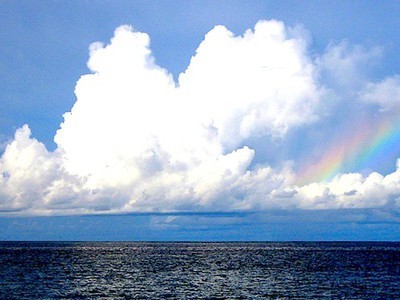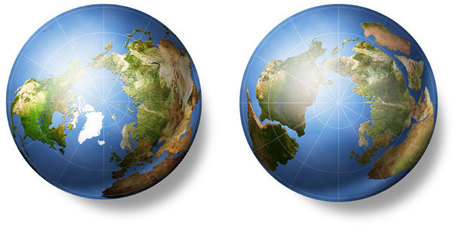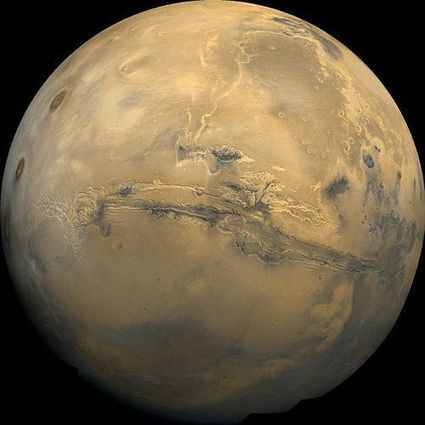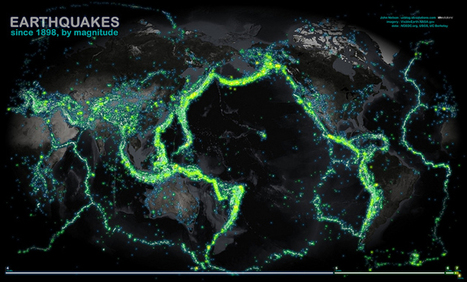Our planet's magnetic field is in a constant state of change, say researchers who are beginning to understand how it behaves and why.
Every few years, scientist Larry Newitt of the Geological Survey of Canada goes hunting. He grabs his gloves, parka, a fancy compass, hops on a plane and flies out over the Canadian arctic. Not much stirs among the scattered islands and sea ice, but Newitt's prey is there--always moving, shifting, elusive. His quarry is Earth's north magnetic pole. Scientists have long known that the magnetic pole moves. James Ross located the pole for the first time in 1831 after an exhausting arctic journey during which his ship got stuck in the ice for four years. No one returned until the next century. In 1904, Roald Amundsen found the pole again and discovered that it had moved--at least 50 km since the days of Ross.
The pole kept going during the 20th century, north at an average speed of 10 km per year, lately accelerating "to 40 km per year," says Newitt. At this rate it will exit North America and reach Siberia in a few decades. Keeping track of the north magnetic pole is Newitt's job. "We usually go out and check its location once every few years," he says. "We'll have to make more trips now that it is moving so quickly." Earth's magnetic field is changing in other ways, too: Compass needles in Africa, for instance, are drifting about 1 degree per decade. And globally the magnetic field has weakened 10% since the 19th century. When this was mentioned by researchers at a recent meeting of the American Geophysical Union, many newspapers carried the story. A typical headline: "Is Earth's magnetic field collapsing?" Probably not. As remarkable as these changes sound, "they're mild compared to what Earth's magnetic field has done in the past," says University of California professor Gary Glatzmaier.
Sometimes the the whole magnetic field of Earth completely flips. The north and the south poles swap places. Such reversals, recorded in the magnetism of ancient rocks, are unpredictable. They come at irregular intervals averaging about 300,000 years; the last one was 780,000 years ago. Are we overdue for another? No one knows.
Via
Dr. Stefan Gruenwald,
ABroaderView



 Your new post is loading...
Your new post is loading...







![[LISTEN] NASA spacecraft records 'Earthsong' | Science News | Scoop.it](https://img.scoop.it/PnHhxwkIAYKeLdcr1EdTejl72eJkfbmt4t8yenImKBVvK0kTmF0xjctABnaLJIm9)







![History of Earth in 24-hour clock [INFOGRAPHICS] | Science News | Scoop.it](https://img.scoop.it/HVnOHAfBOw6LX2otgaC-WDl72eJkfbmt4t8yenImKBVvK0kTmF0xjctABnaLJIm9)












Very fun side topic for an advanced geometry class!